Home>Dining>Table Decor>What Are The Big Leaves In Floral Arrangements Called
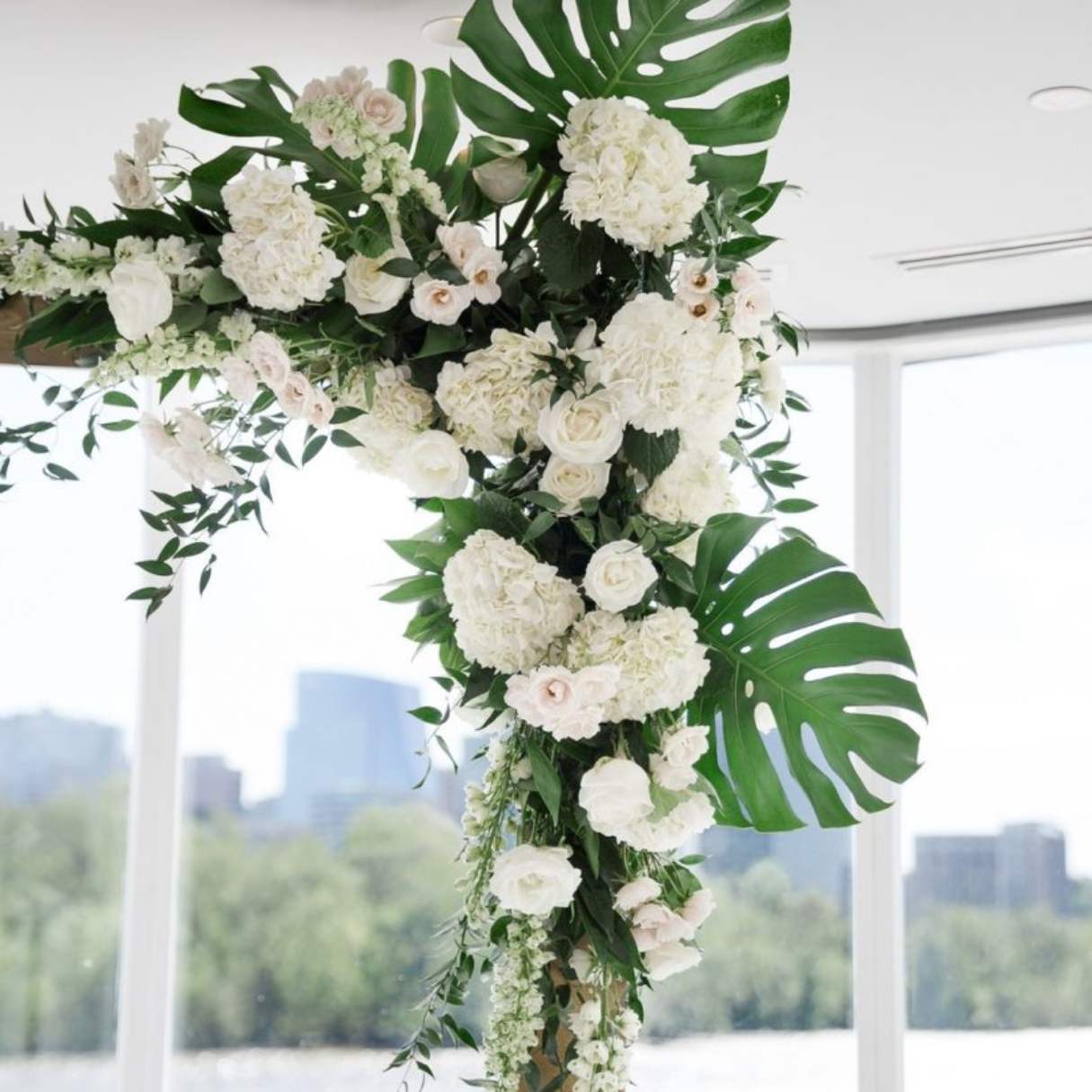

Table Decor
What Are The Big Leaves In Floral Arrangements Called
Modified: December 7, 2023
Discover the secret to captivating table decor with big leaves in floral arrangements. Learn what these leaves are called and how to use them to create stunning centerpieces.
(Many of the links in this article redirect to a specific reviewed product. Your purchase of these products through affiliate links helps to generate commission for Storables.com, at no extra cost. Learn more)
Introduction:
When it comes to creating stunning floral arrangements, one of the key elements that can make a big impact is the choice of foliage. While flowers take center stage, incorporating big leaves into floral designs adds a touch of drama, texture, and visual interest. These oversized leaves not only provide a beautiful backdrop for the blooms but also serve to enhance the overall aesthetic appeal of the arrangement.
In this article, we will explore the different types of big leaves commonly used in floral arrangements. From the popular Monstera leaves to the elegant Philodendron leaves, each variety contributes its own unique charm to create eye-catching displays. We will also delve into the various applications of these leaves in floral design, highlighting their versatility and ability to complement different styles and arrangements.
So, whether you’re a professional florist looking for inspiration or a flower enthusiast eager to learn more about table decor, this article will be your guide to understanding the beauty and significance of big leaves in floral arrangements.
Key Takeaways:
- Big leaves, such as Monstera and Philodendron, bring drama and elegance to floral arrangements, serving as backdrops, filler foliage, and structural components. Their versatility and visual impact make them indispensable in creating stunning displays.
- Incorporating big leaves into floral designs adds a touch of tropical paradise, natural elegance, and sustainable decor. From vibrant Bird of Paradise to iconic Monstera, each leaf contributes unique charm and character to table decor.
Types of Big Leaves in Floral Arrangements:
When it comes to incorporating big leaves into floral arrangements, there are several popular options to choose from. Each type of leaf brings its own unique shape, texture, and color to the design, allowing for endless possibilities when creating stunning displays. Here are some of the top choices:
- Monstera Leaves: Monstera leaves are known for their iconic and distinctively perforated appearance. These large, glossy green leaves add a tropical touch to any arrangement and create an instant focal point.
- Elephant Ear Leaves: Elephant ear leaves, as the name suggests, resemble the shape of an elephant’s ear. These broad, heart-shaped leaves come in various shades of green and have a velvety texture, adding a lush and dramatic element to floral designs.
- Banana Leaves: Banana leaves are long, slender, and have a vibrant green color. With their natural elegant curve, these leaves create graceful lines and provide a lovely backdrop for blooms. They are often used in tropical-themed arrangements.
- Philodendron Leaves: Philodendron leaves are known for their deep green color and their glossy, heart-shaped appearance. These versatile leaves can be used to add a touch of elegance to any arrangement, whether it be a modern centerpiece or a rustic bouquet.
- Hosta Leaves: Hosta leaves come in a variety of sizes and shades, ranging from pale green to deep blue-green. Their wide, ribbed texture adds interest to floral designs and works well in both classic and contemporary arrangements.
- Palm Leaves: Palm leaves are large, fan-shaped leaves that instantly evoke a tropical ambiance. With their vibrant green color and exotic appearance, these leaves are perfect for creating a lush and luxurious atmosphere.
- Fiddle Leaf Fig Leaves: Fiddle leaf fig leaves are characterized by their large, violin-shaped structure. These glossy leaves have a rich green color, adding a touch of elegance and sophistication to floral arrangements.
- Caladium Leaves: Caladium leaves are prized for their stunning and vibrant patterns. With their striking combinations of greens, pinks, and whites, these leaves bring a burst of color and a whimsical element to floral designs.
- Bird of Paradise Leaves: Bird of Paradise leaves are known for their eye-catching shape, resembling a tropical bird with outstretched wings. Their vibrant green color and unique form make them a popular choice for adding an exotic touch to floral arrangements.
- Alocasia Leaves: Alocasia leaves, also known as elephant ear leaves, come in various sizes and colors, including shades of green, purple, and black. Their bold and striking appearance adds a dramatic flair to any floral design.
These are just a few examples of the many types of big leaves available for floral arrangements. Each variety brings its own personality and style, allowing for endless creative combinations and possibilities when crafting beautiful displays.
Monstera Leaves:
Monstera leaves, also known as Swiss cheese plant leaves, are beloved for their iconic and visually striking appearance. These large, tropical leaves feature unique cut-out patterns that resemble holes or slits, giving them their distinctively perforated look.
Monstera leaves are commonly used in floral arrangements to add a touch of exotic and tropical vibes. They bring a sense of lushness and drama to any design, instantly catching the eye and becoming a focal point. The glossy green color of the leaves adds richness and depth to the overall arrangement.
One of the reasons why Monstera leaves are so popular in floral decor is their versatility. Their large size and bold shape make them perfect for creating statement pieces, such as centerpieces or larger floral installations. They can be used as a background foliage to enhance the beauty of the flowers or as standalone pieces to create a captivating visual effect.
These leaves are often seen in modern and minimalist floral designs, as their clean lines and geometric patterns complement contemporary aesthetics. Their tropical nature also makes them a great choice for beach weddings, summer parties, or any event with a Caribbean or Hawaiian theme.
When using Monstera leaves in floral arrangements, it is important to ensure they are properly cared for to maintain their fresh and vibrant appearance. Cut stems should be placed in water immediately after trimming to prevent wilting and discoloration. To keep the leaves looking glossy and healthy, mist them regularly and avoid placing them in direct sunlight, as this can cause the leaves to yellow.
Whether used as a backdrop for colorful blooms or as standalone foliage, Monstera leaves bring a touch of exotic beauty and tropical charm to any floral arrangement. Their unique patterns, glossy texture, and eye-catching appearance make them a favorite among florists and flower enthusiasts alike.
Elephant Ear Leaves:
Elephant ear leaves, also known as Alocasia leaves, are prized for their large, heart-shaped structure and striking appearance. These oversized leaves are reminiscent of the ears of an elephant, hence their name. With their vibrant green color and velvety texture, elephant ear leaves add a touch of drama and elegance to any floral arrangement.
One of the notable features of elephant ear leaves is their sheer size. They can grow to be several feet long, making them a prime choice for creating eye-catching displays. Whether used as a standalone foliage or combined with other flowers, these leaves have the ability to command attention and become the focal point of any arrangement.
Elephant ear leaves bring a lush and tropical feel to floral decor. Their broad, elongated shape adds a sense of whimsy and movement, creating a dynamic visual impact. They are often used in larger scale arrangements, such as tropical-themed weddings or extravagant centerpieces, where their dramatic presence can be fully appreciated.
These leaves also offer a rich textural element to floral designs. Their velvety texture adds depth and interest, contrasting beautifully with the soft petals of flowers. Whether displayed in a simple vase or incorporated into more elaborate structures, elephant ear leaves create a tactile experience that engages the senses and adds a touch of luxury to the overall arrangement.
When working with elephant ear leaves, it is important to consider their care and handling. These leaves thrive in warm and humid environments, so it is essential to keep them well-hydrated to prevent wilting. Placing them in a vase of water or using a water source, such as floral foam, can help them remain fresh and vibrant for an extended period.
Elephant ear leaves are versatile and can be used in various types of floral arrangements. They pair well with both bold, tropical blooms and softer, romantic flowers. Whether used to create a vibrant tropical display or to add a touch of drama to a more subdued arrangement, these leaves are a fantastic choice for adding elegance and visual interest to any floral design.
Banana Leaves:
Banana leaves are large, vibrant green leaves that are commonly used in floral arrangements to add a tropical and exotic touch. These long, slender leaves are known for their elegant curve and vibrant color, making them a popular choice for creating stunning displays.
One of the distinctive features of banana leaves is their versatility. They can be used in a variety of ways, ranging from creating a backdrop for vibrant blooms to serving as a stylish wrapping material for bouquets or as a base for table centerpieces. Their broad shape and natural curve make them ideal for creating structures or adding a dynamic element to floral arrangements.
When it comes to tropical-themed or beach weddings, banana leaves are often seen as a staple element. They evoke a sense of lushness and tropical ambiance, transporting guests to an exotic destination. The vibrant green color of banana leaves adds life and freshness to floral designs and complements the overall color palette of a tropical-themed event.
In addition to their visual appeal, banana leaves also offer practical benefits in floral arrangements. They are sturdy and can hold their shape well, making them suitable for creating structural elements or serving as a foundation for other flowers and foliage. They also have a natural waxy coating that helps retain moisture, making them highly durable and long-lasting.
Another advantage of banana leaves is their eco-friendly aspect. They are a sustainable choice for floral decor as they are a renewable resource and can be easily composted after use. This makes banana leaves an environmentally conscious option for those who want their floral arrangements to be as sustainable as possible.
When working with banana leaves, it is recommended to treat them with a leaf polish spray or wipe them gently with a damp cloth to make them appear glossy and vibrant. They should be handled with care as they can tear easily due to their thin and delicate nature. Proper hydration is also essential to keep banana leaves fresh and prevent wilting.
Whether used to create a tropical paradise or provide a bold backdrop for colorful blooms, banana leaves contribute to the overall visual impact of floral arrangements. Their elegance, versatility, and sustainable nature make them an excellent choice for adding a touch of the tropics to any table decor or special event.
Philodendron Leaves:
Philodendron leaves are well-loved for their glossy, heart-shaped appearance and deep green color. These large leaves are a popular choice for floral arrangements as they offer elegance and versatility to any design.
One of the standout features of philodendron leaves is their smooth, shiny texture. This glossy surface adds a sophisticated and polished look to floral arrangements, elevating the overall aesthetic. Their heart-shaped silhouette also adds a touch of romance and charm to any display.
Philodendron leaves are incredibly versatile and can be used in a variety of floral arrangements. Their bold shape and rich color make them perfect for creating striking centerpieces or as a backdrop for other flowers. They work well in both modern and traditional designs, effortlessly complementing different styles and aesthetics.
These leaves are known for their longevity, which makes them a practical choice for floral decor. They have a resilient nature and can last for a long time without wilting, ensuring the longevity of the arrangement. This durability also allows them to withstand handling and transportation, making them a favorite among florists.
Philodendron leaves are often used in tropical-themed events and settings, as their deep green color captures the essence of lush, tropical foliage. They create an exotic and captivating atmosphere, instantly transporting guests to a tropical paradise. These leaves can be incorporated into table centerpieces, bouquets, or larger installations to bring a touch of elegance and natural beauty.
When working with philodendron leaves, it is important to keep them hydrated. Trimming the stems at an angle and placing them in water immediately after cutting will help prolong their freshness. Mist the leaves with water regularly to maintain their glossy appearance and prevent leaf drying. Additionally, keeping them away from direct sunlight will help prevent discoloration and ensure their vibrant green color remains intact.
Philodendron leaves are a classic choice for adding beauty and sophistication to floral arrangements. Whether used as the main focal point or as a filler foliage, their glossy texture, rich color, and elegant shape make them a timeless addition to any table decor or special event.
Hosta Leaves:
Hosta leaves, with their captivating beauty and unique textures, are a popular choice in floral arrangements. These broad-leaved perennials come in a variety of sizes and shades, ranging from pale green to deep blue-green, and they offer a range of patterns and textures that make them stand out in any arrangement.
One of the defining features of hosta leaves is their ribbed or corrugated texture. The raised ridges add depth and visual interest to floral designs, creating a dynamic and captivating aesthetic. The texture of hosta leaves makes them a perfect choice for adding a touch of elegance and sophistication to any arrangement.
Hosta leaves are versatile and can be used in a variety of floral styles. Their wide, sturdy structure makes them suitable for creating cascading arrangements or serving as a base for other flowers. They work well in both traditional and contemporary designs, adding a touch of organic beauty that complements any setting.
These leaves offer a lush and soft appearance, making them ideal for creating romantic and delicate arrangements. They pair beautifully with soft pastel flowers, adding a touch of freshness and enhancing the overall aesthetic. The range of green shades found in hosta leaves allows for stunning color combinations and contrasting elements in floral designs.
Hosta leaves are also highly versatile when it comes to placement in an arrangement. They can be used as a backdrop for other flowers, creating a beautiful frame for the focal blooms. Alternatively, they can be used as a filler foliage to add volume and texture to bouquets or centerpieces.
Caring for hosta leaves in floral arrangements is relatively simple. It is important to keep the stems well-hydrated by placing them in water immediately after cutting. With their thick leaves, hostas can tolerate a variety of conditions but prefer a cool and shady environment. Regular misting and keeping them away from direct sunlight will help maintain their freshness and vibrant green color.
Hosta leaves bring a subtle beauty and elegance to floral arrangements. Their unique ribbed texture, range of colors, and versatile nature make them a popular choice for adding softness and sophistication to table decor and special events.
The big leaves in floral arrangements are called foliage. They are used to add texture, color, and shape to the arrangement, and can include a variety of plants such as eucalyptus, ferns, and palm leaves.
Palm Leaves:
Palm leaves are a popular choice in floral arrangements due to their distinct shape and tropical aesthetic. With their large size and fan-like structure, these leaves instantly evoke a sense of lushness and add an exotic touch to any floral design.
One of the notable features of palm leaves is their vibrant green color. This bold hue adds a burst of freshness to floral arrangements, creating a visually captivating display. The glossy texture of palm leaves also adds a touch of elegance and sophistication, making them suitable for various styles of decor.
Palm leaves are often used in tropical-themed events and beach weddings, where they help create a relaxing and vacation-like atmosphere. Their tropical ambiance adds a sense of escape and adventure, transporting guests to a paradisiacal setting. These leaves work well as table centerpieces, background foliage, or even as accents for arches and other structural elements.
Due to their size, palm leaves are especially suitable for creating dramatic and impactful arrangements. Their large, fan-shaped structure can serve as a centerpiece on its own or as the base for other flowers and foliage. When combined with vibrant tropical blooms, palm leaves create a stunning and eye-catching display.
In addition to their visual appeal, palm leaves also offer practical benefits. They are sturdy and long-lasting, which makes them ideal for use in larger installations and structures. Their durability allows for easy handling and transportation without the risk of wilting or damage.
Caring for palm leaves in floral arrangements is relatively simple. It is important to cut the stems at an angle and place them in water immediately after trimming to ensure they remain hydrated. Misting the leaves regularly will help maintain their fresh appearance and prevent drying. Additionally, keeping the leaves away from direct sunlight will prevent fading and preserve their vibrant green color.
Palm leaves are a versatile and stunning element to incorporate into floral arrangements. Their tropical appeal, vibrant color, and dramatic structure make them a perfect choice for capturing the essence of an exotic paradise and creating memorable table decor for any special occasion.
Fiddle Leaf Fig Leaves:
Fiddle leaf fig leaves are known for their iconic and distinctively shaped structure, featuring large, violin-shaped leaves. These glossy, dark green leaves add a touch of elegance and sophistication to floral arrangements, making them a sought-after choice in table decor.
One of the standout features of fiddle leaf fig leaves is their size. They can grow several feet long, making them a dramatic and eye-catching addition to floral designs. Their large, lush leaves create a visual impact and instantly draw attention, making them perfect for creating statement pieces.
Fiddle leaf fig leaves offer a sleek and modern aesthetic to floral arrangements. Their smooth texture and bold shape make them a popular choice for contemporary or minimalist designs. They can be used as a focal point in an arrangement, or as a backdrop to showcase other blooms or decorative elements.
The deep green color of fiddle leaf fig leaves adds depth and richness to floral arrangements, creating a sense of luxury and sophistication. Their glossy appearance enhances the overall visual appeal and adds a touch of elegance to any decor theme. The combination of their size, color, and texture makes them versatile for various types of events and styles.
These leaves are often seen in home decor settings, as the fiddle leaf fig tree has become a popular indoor plant. Using fiddle leaf fig leaves in floral arrangements can help bring a touch of nature and freshness to any space, whether it’s a special event or a home gathering.
When working with fiddle leaf fig leaves, it is essential to handle them with care due to their delicate nature. These leaves can be prone to bruising or tearing, so gentle handling is important. Trimming the stems at an angle and placing them in water immediately after cutting can help keep them hydrated and maintain their freshness.
Fiddle leaf fig leaves exude elegance and modernity in floral arrangements. Their unique shape, glossy texture, and rich green color make them a versatile option for adding a touch of sophistication and natural beauty to any table decor or special event.
Caladium Leaves:
Caladium leaves are known for their stunning and vibrant patterns, making them a popular choice for adding a burst of color and whimsy to floral arrangements. These heart-shaped leaves come in a range of shades, including variations of green, pink, and white, creating a captivating visual display.
One of the standout features of caladium leaves is their intricate and eye-catching patterns. The unique combination of colors and patterns on each leaf adds a playful and artistic touch to any floral design. Whether they feature bold strokes of color or delicate veins, these patterns make caladium leaves a striking addition to arrangements.
Caladium leaves offer versatility in floral decor, as they can be used in a variety of designs and styles. The vibrant hues and intricate patterns lend themselves well to both bold and subtle arrangements. They can be used as a focal point, a filler foliage, or even incorporated into wreaths and garlands, adding a touch of whimsy and charm.
These leaves work well in both indoor and outdoor settings, allowing for creativity in table decor. Whether used in casual gatherings, garden parties, or formal occasions, caladium leaves bring an element of joy and vibrancy that instantly uplifts the overall ambiance.
Caring for caladium leaves in floral arrangements is relatively simple. It is important to keep the stems well-hydrated by placing them in water immediately after cutting. These leaves prefer a humid environment, so misting them regularly or using a humidity tray can help maintain their freshness and prevent drying. Also, keeping them away from direct sunlight will prevent their vibrant colors from fading.
Caladium leaves are a fantastic choice for adding a pop of color and whimsical charm to floral arrangements. Their unique patterns, vibrant shades, and playful nature make them a delightful addition to any table decor or special event, creating a visually stunning display that is sure to captivate and enchant.
Bird of Paradise Leaves:
Bird of Paradise leaves, with their exotic and distinctive shape, add a touch of drama and elegance to floral arrangements. These large, fan-shaped leaves are reminiscent of tropical birds with outstretched wings, and they bring a sense of boldness and sophistication to any table decor or special event.
One of the striking features of bird of paradise leaves is their vibrant green color. This rich hue instantly catches the eye and adds a burst of freshness and vitality to floral arrangements. The glossy texture of the leaves further enhances their visual appeal, creating a lush and luxurious ambiance.
Bird of Paradise leaves are often used in tropical-themed events or for creating a beach-inspired atmosphere. The tropical nature of these leaves transports guests to a sun-soaked paradise, infusing the space with an exotic and captivating vibe. They can be used to create table centerpieces, backdrops, or even standalone arrangements, where their bold presence becomes the focal point.
In addition to their visual impact, bird of paradise leaves offer a structural element to floral designs. Their large size and distinct shape provide a natural framework for other blooms and foliage, either as a backdrop or as a base. They can be used to create height and structure in an arrangement, adding interest and dimension.
Maintaining bird of paradise leaves in floral arrangements is relatively simple. It is important to cut the stems at an angle and place them in water immediately after cutting to ensure they remain hydrated. Regular misting can help keep the leaves looking vibrant and prevent drying. Additionally, keeping them away from direct sunlight will help preserve their lush green color.
Bird of Paradise leaves are a captivating and prestigious choice for adding an exotic touch to any floral arrangement. Their unique shape, vibrant color, and structured elegance make them a powerful statement piece, infusing any event with a sense of luxury and tropical allure.
Alocasia Leaves:
Alocasia leaves, also known as elephant ear leaves, are a stunning addition to floral arrangements, thanks to their large size and striking appearance. These broad leaves come in various sizes and colors, including shades of green, purple, and black, adding drama and elegance to any table decor.
One of the notable features of Alocasia leaves is their bold and eye-catching shape. Resembling the ears of an elephant, these leaves command attention and become a focal point in floral designs. Their unique structure adds depth and dimension to arrangements, creating a sense of grandeur and visual interest.
The vibrant colors of Alocasia leaves bring energy and vibrancy to floral decor. From rich, emerald greens to deep, royal purples and blacks, these leaves offer a wide range of shades that allow for stunning color combinations and contrasts. This versatility makes Alocasia leaves a popular choice for adding a touch of sophistication and drama to any table setting.
Alocasia leaves are versatile and can be used in various types of floral designs. They can serve as a backdrop for other flowers, creating a stunning display of contrasting textures and colors. They can also be used as standalone foliage or combined with other tropical blooms to create extravagant centerpieces or larger installations.
Caring for Alocasia leaves in floral arrangements is essential for maintaining their health and appearance. They should be trimmed at an angle and placed in water immediately after cutting to keep them hydrated. The stems can be sealed with a floral sealer to prevent wilting. Misting the leaves regularly can also help to maintain their moisture and prevent them from drying out.
Alocasia leaves are a show-stopping choice for adding drama and sophistication to any floral arrangement. Their unique shape, vibrant colors, and versatility make them a standout element in table decor, instantly elevating the overall aesthetic and leaving a lasting impression on any special event or occasion.
Uses of Big Leaves in Floral Arrangements:
Big leaves play a crucial role in floral arrangements, offering a range of uses and adding both practical and aesthetic benefits. Here are some of the common uses of big leaves in floral design:
- Backdrop: Big leaves, with their size and vibrant colors, make excellent backdrops for showcasing other flowers. Placing blooms against the backdrop of large leaves creates a striking contrast and highlights the beauty of the flowers.
- Filler Foliage: Big leaves can also be used as filler foliage to add volume and texture to arrangements. By strategically placing these leaves throughout the design, they help create a lush and full look, enhancing the overall visual impact.
- Structural Component: Some big leaves, such as palm leaves and banana leaves, have sturdy and flexible structures. They can be used to create structural elements in floral arrangements, such as arches, canopies, or cascading installations, adding a sense of grandeur and drama.
- Centerpiece Focus: Big leaves like Monstera leaves or Elephant ear leaves can serve as the central focal point of a centerpiece. Placed in a prominent position, they create a bold and eye-catching display, while other flowers or decorative elements are arranged around them.
- Wrapping Material: Large leaves, such as banana leaves, can be used as natural wrapping material for bouquets or as a base for table centerpieces. This adds an organic, earthy touch and enhances the overall visual appeal.
- Tropical Vibes: Many big leaves, including Philodendron leaves and Bird of Paradise leaves, exude a tropical vibe. Incorporating these leaves in floral arrangements instantly creates a sense of paradise, transporting the viewer to a tropical oasis or a beachfront setting.
- Color and Texture Contrast: The size and unique textures of big leaves provide an opportunity to create interesting contrasts within the arrangement. The smoothness of Philodendron leaves against the roughness of textured flowers, or the bold colors of Caladium leaves against softer-hued blooms, can add visual interest and depth to the design.
- Event Decor: Big leaves are commonly used in event decor, such as weddings, parties, or corporate events, to create memorable tablescapes and installations. Their presence can transform an ordinary space into a stunning and immersive environment, leaving a lasting impression on guests.
- Natural Elegance: Big leaves bring a natural sense of elegance and sophistication to floral arrangements. Their grandeur and presence symbolize abundance and beauty, adding a touch of luxury and refinement to any table decor or special event.
- Sustainable Decor: Using big leaves in floral arrangements can be an eco-friendly choice. Many of these leaves are harvested sustainably, and after use, they can be composted, minimizing waste and promoting a more environmentally conscious approach to floral design.
With their versatility and visual impact, big leaves offer endless creative opportunities in floral arrangements. Whether used as a backdrop, filler foliage, or structural component, they contribute to the overall beauty and create unique and captivating displays that leave a lasting impression on any occasion.
Read more: What Are Floral Arrangements
Conclusion:
Incorporating big leaves into floral arrangements adds a touch of drama, elegance, and natural beauty to any setting. From the iconic Monstera leaves to the vibrant Bird of Paradise leaves, each variety brings its own unique charm and character to floral designs. The versatility of big leaves allows for endless possibilities in creating visually stunning displays.
Whether used as a backdrop, filler foliage, structural component, or centerpiece focus, big leaves play a significant role in enhancing the overall aesthetic appeal of floral arrangements. They provide a backdrop for showcasing vibrant blooms, add volume and texture to designs, and can even create structural elements that elevate the ambiance.
Moreover, big leaves offer practical benefits in terms of longevity and durability, ensuring that floral arrangements maintain their freshness and beauty over an extended period. They can withstand handling and transportation, making them a favorite among florists and event planners.
Big leaves are not only visually captivating but also offer a range of uses in different design styles and themes. Whether creating a tropical-themed arrangement, an elegant centerpiece, or a whimsical bouquet, there is a big leaf to suit every occasion and desired aesthetic.
As with any floral arrangement, proper care and handling are essential to preserve the freshness and vibrancy of big leaves. Attention should be given to hydration, light exposure, and maintenance to ensure their longevity and visual impact for as long as possible.
In conclusion, big leaves are a valuable and indispensable element in floral design. Their size, color, texture, and versatility make them a powerful tool for creating memorable and visually stunning table decor and special events. Whether adding a tropical ambiance, a touch of drama, or an elegant backdrop, big leaves bring life and natural beauty to any floral arrangement.
So, the next time you’re planning a floral display, consider incorporating big leaves. They will not only add visual interest but also elevate the overall aesthetic, leaving a lasting impression on all who behold them.
Frequently Asked Questions about What Are The Big Leaves In Floral Arrangements Called
Was this page helpful?
At Storables.com, we guarantee accurate and reliable information. Our content, validated by Expert Board Contributors, is crafted following stringent Editorial Policies. We're committed to providing you with well-researched, expert-backed insights for all your informational needs.
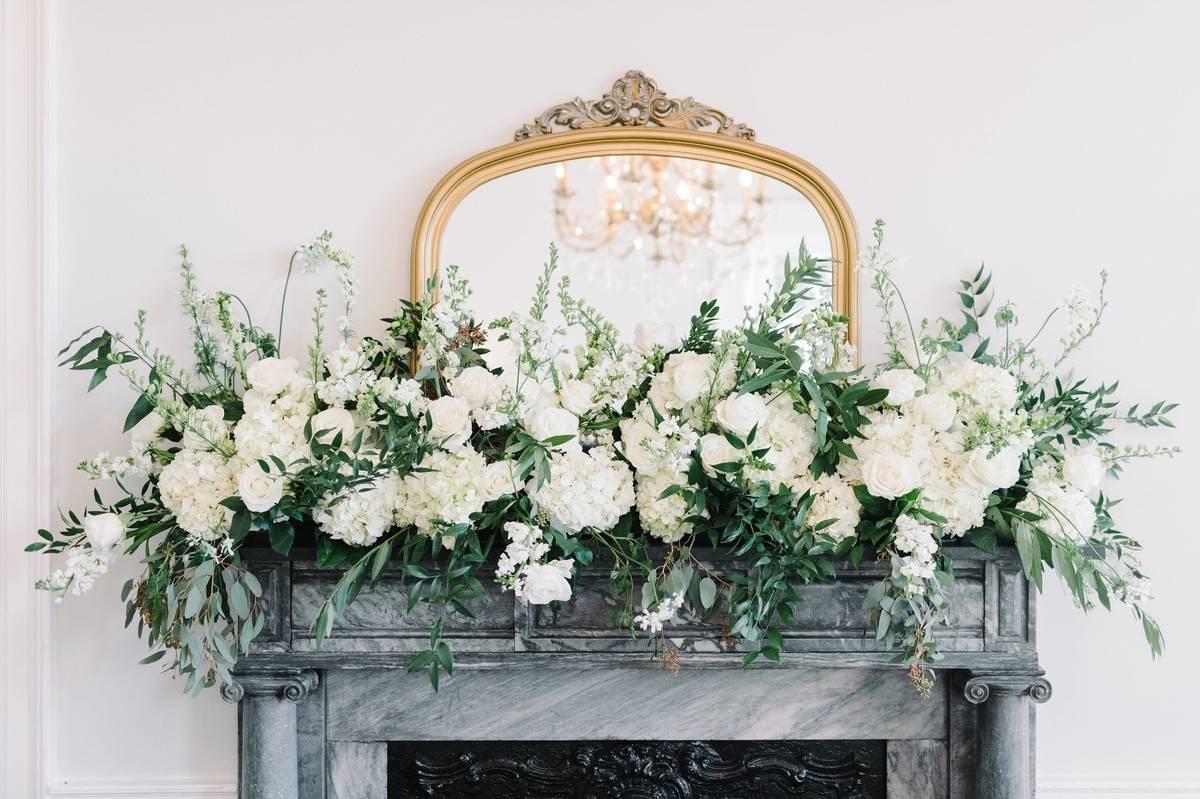
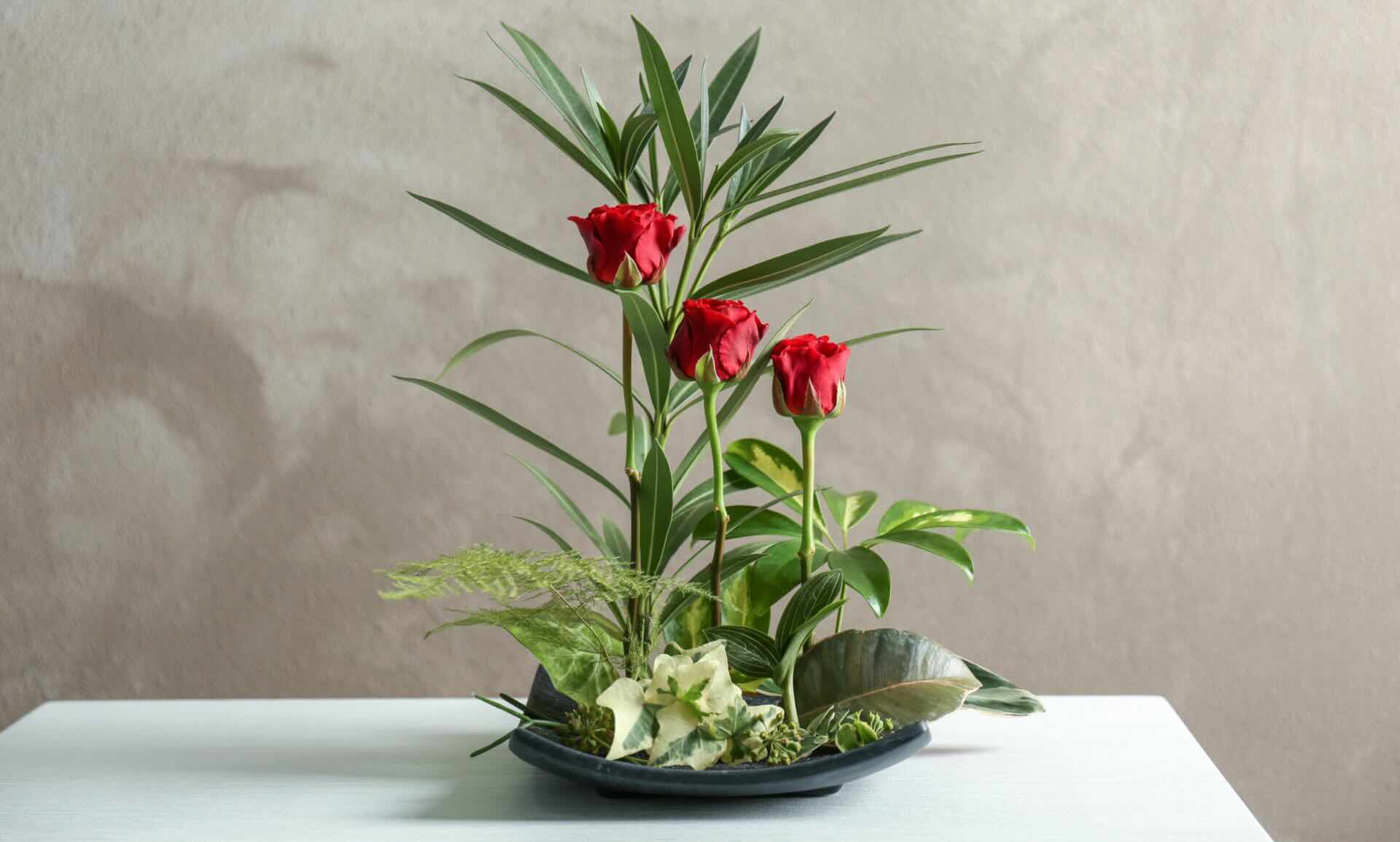
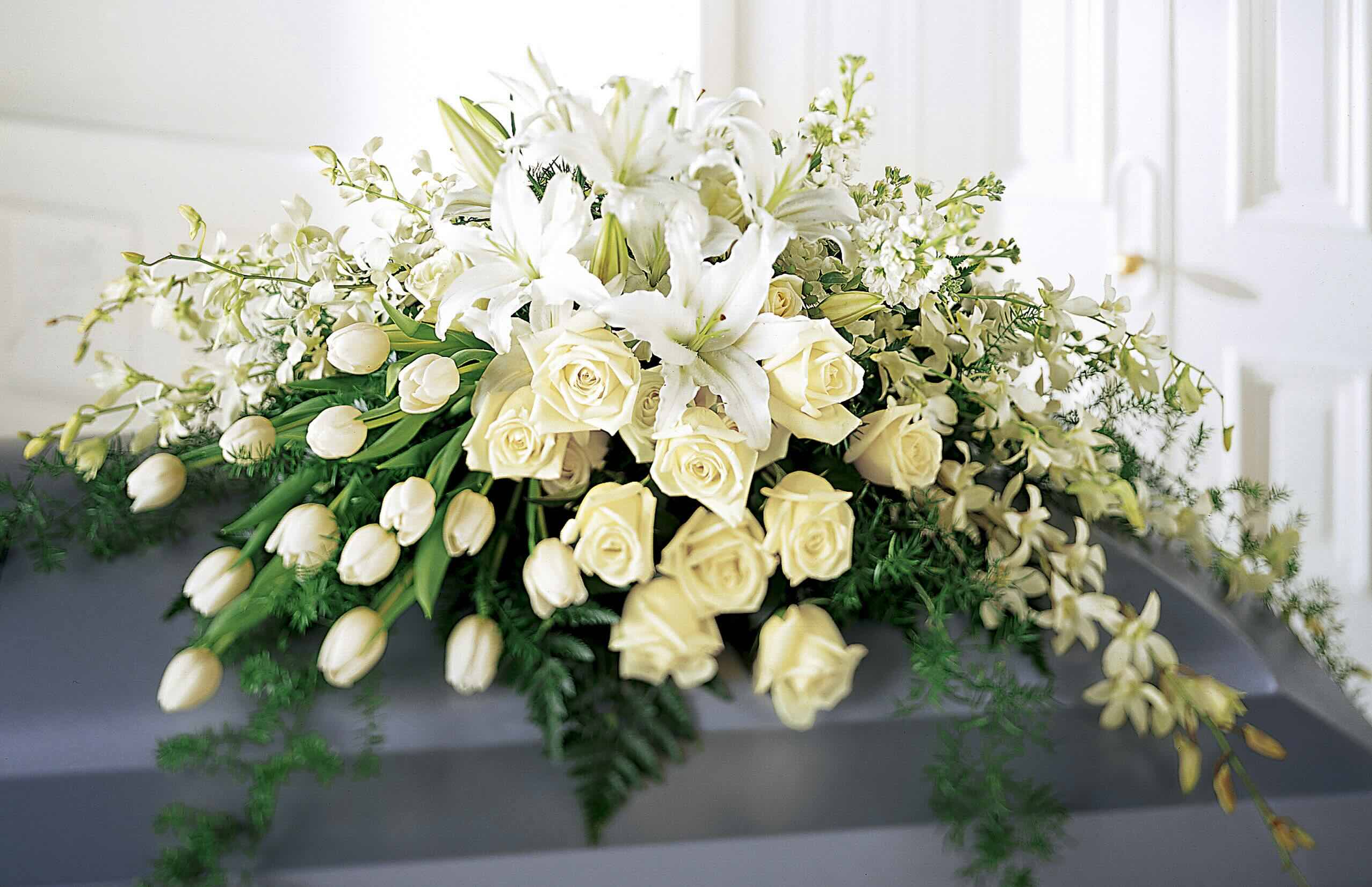
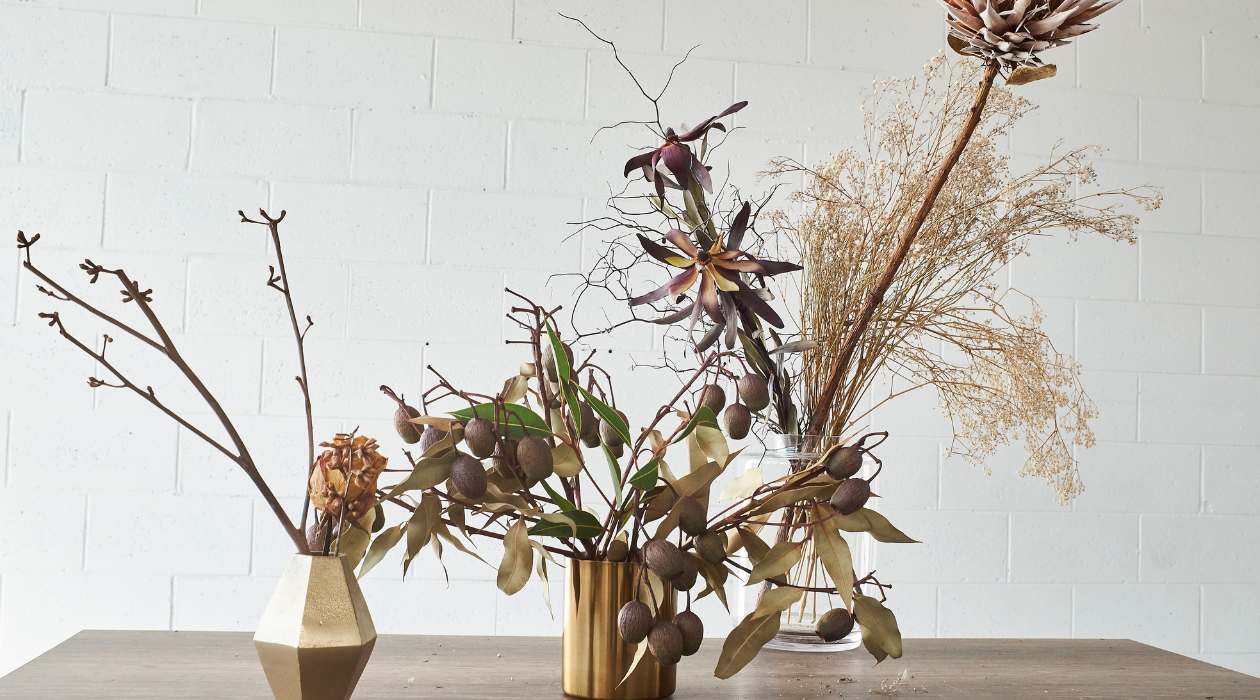
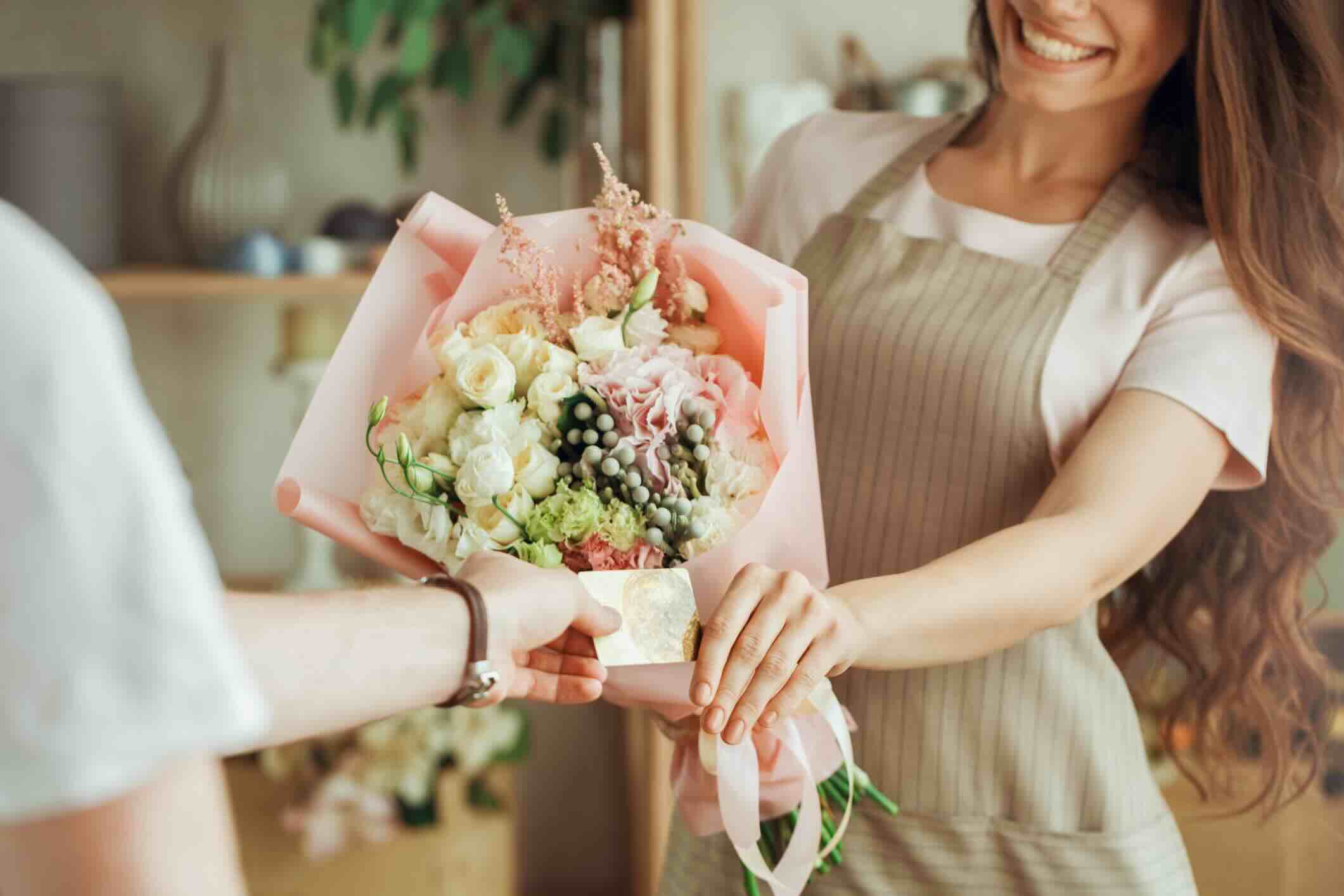
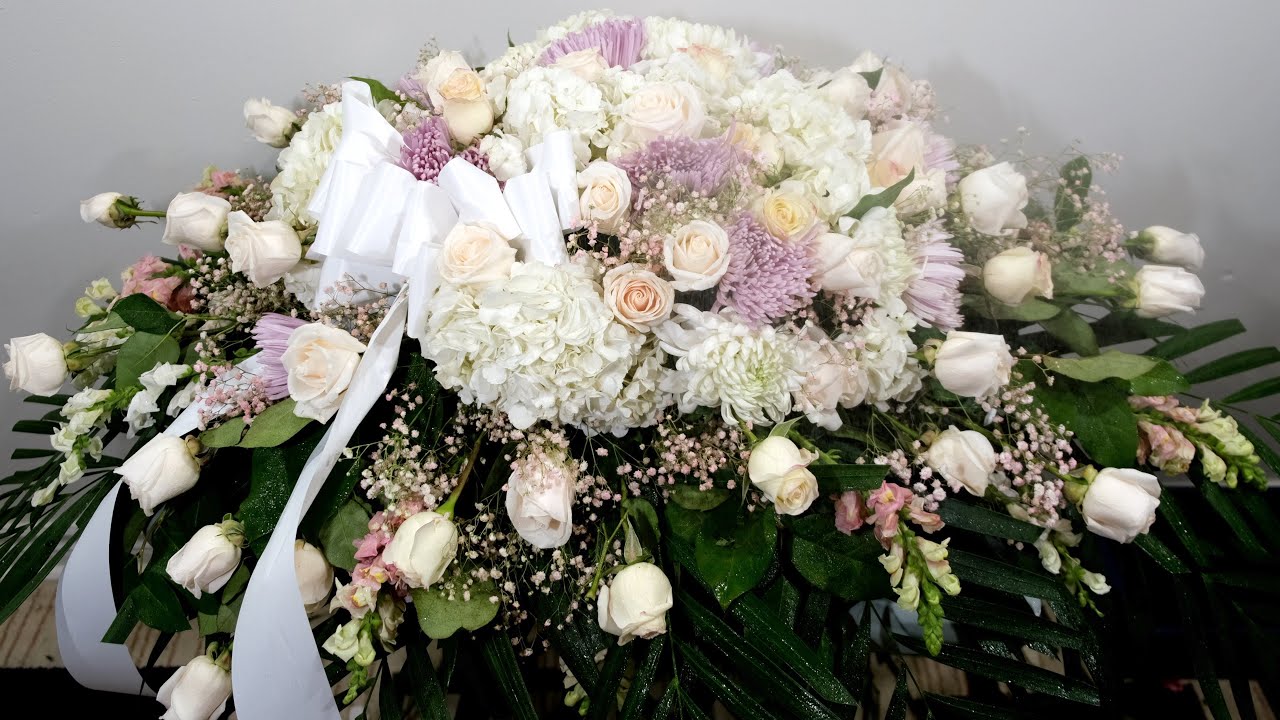
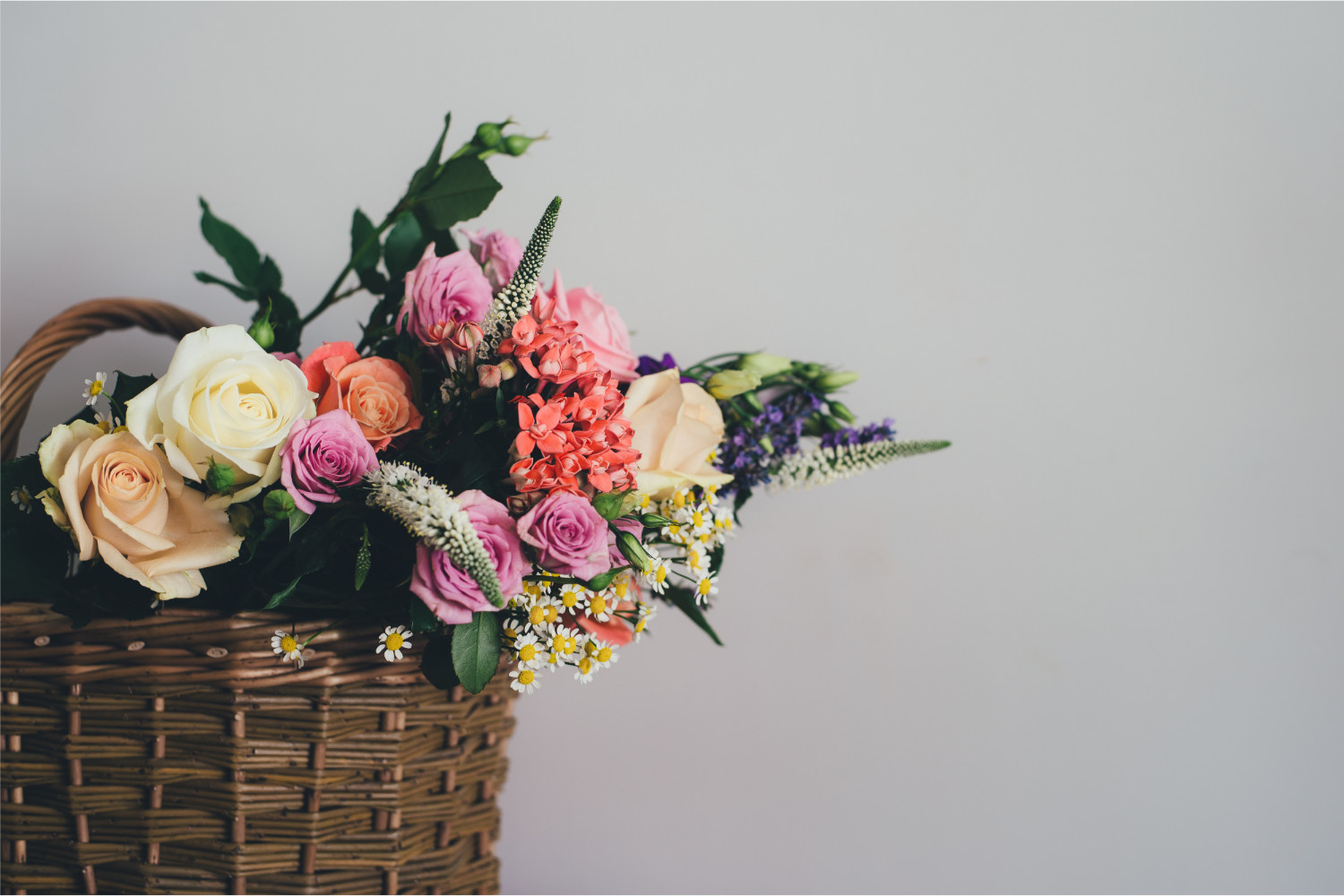
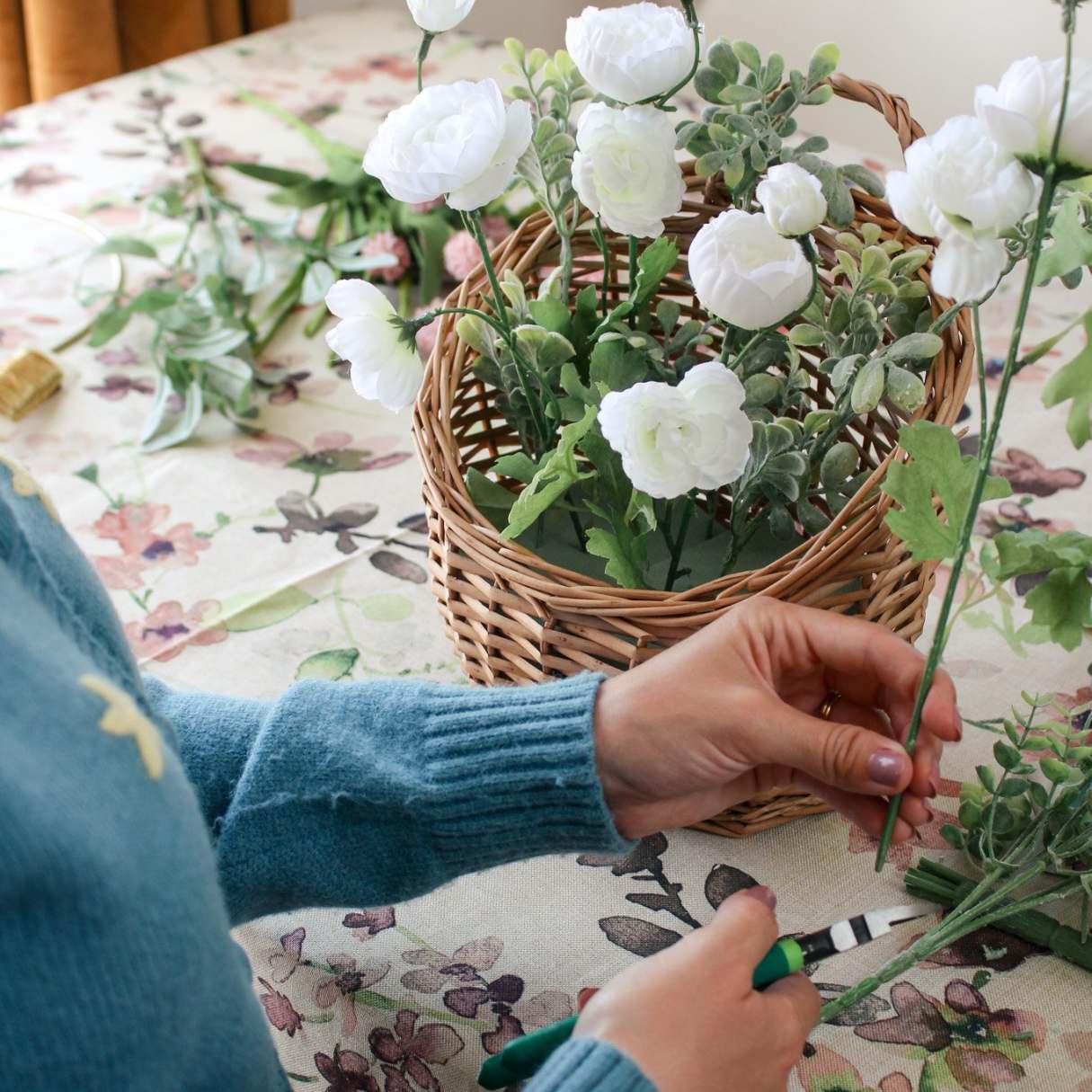
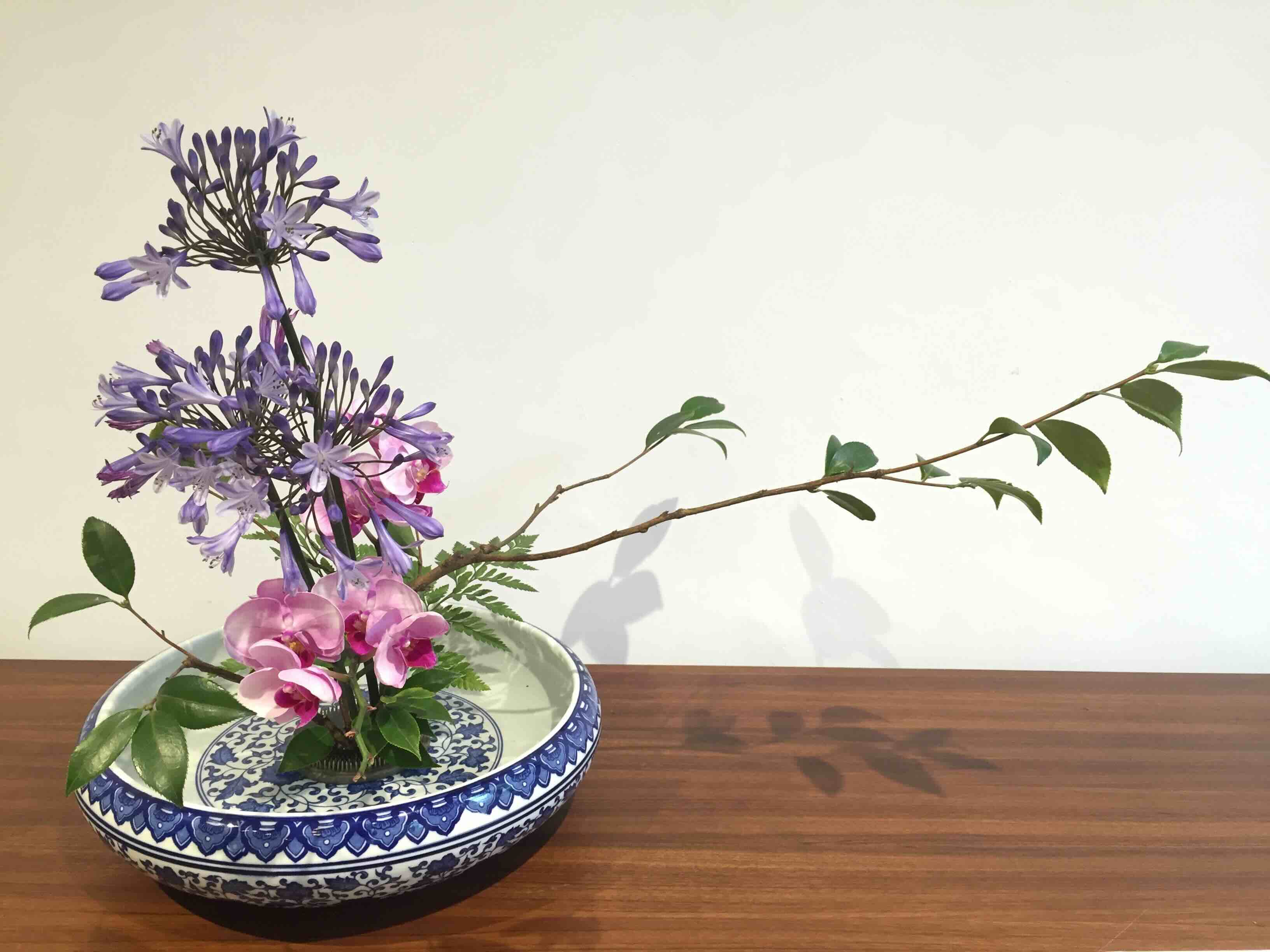
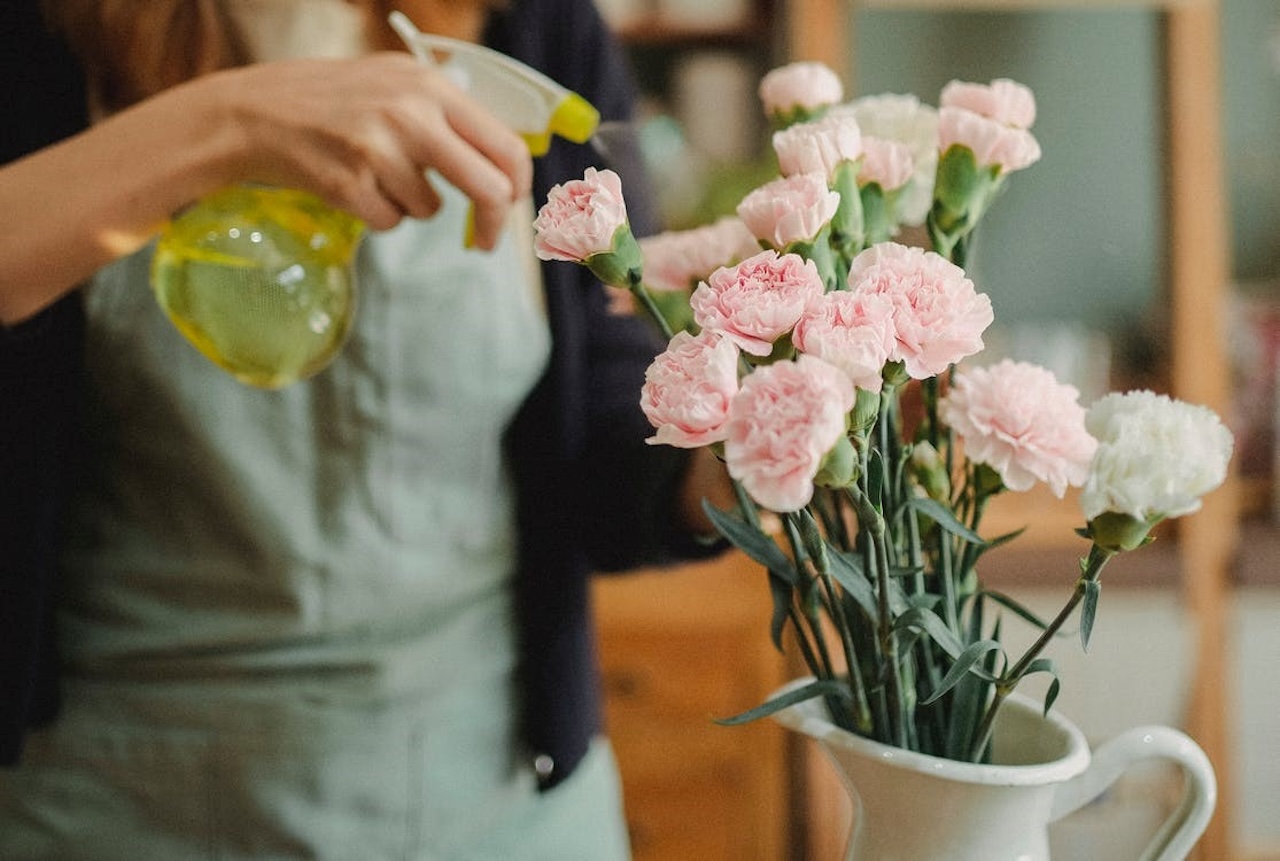
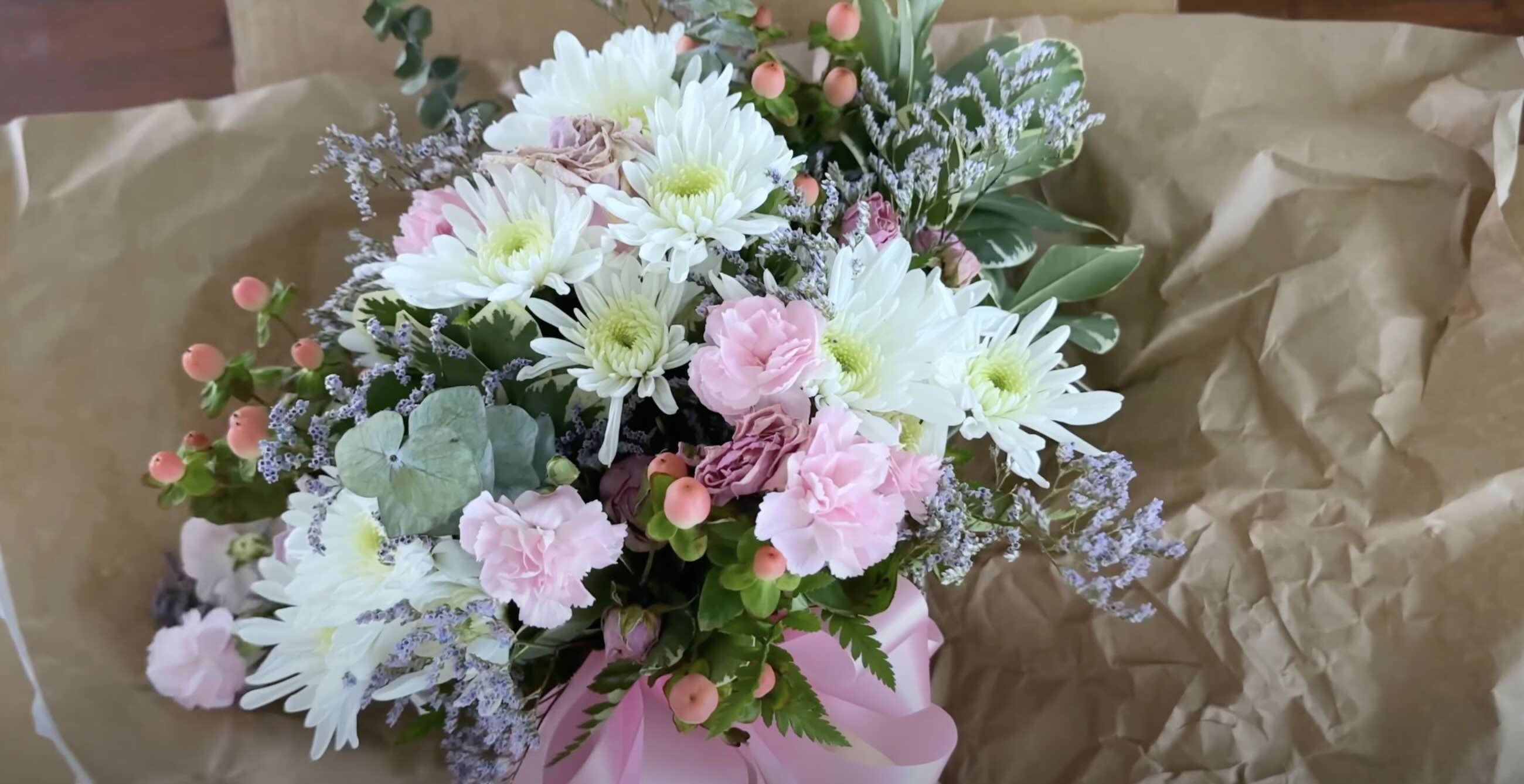
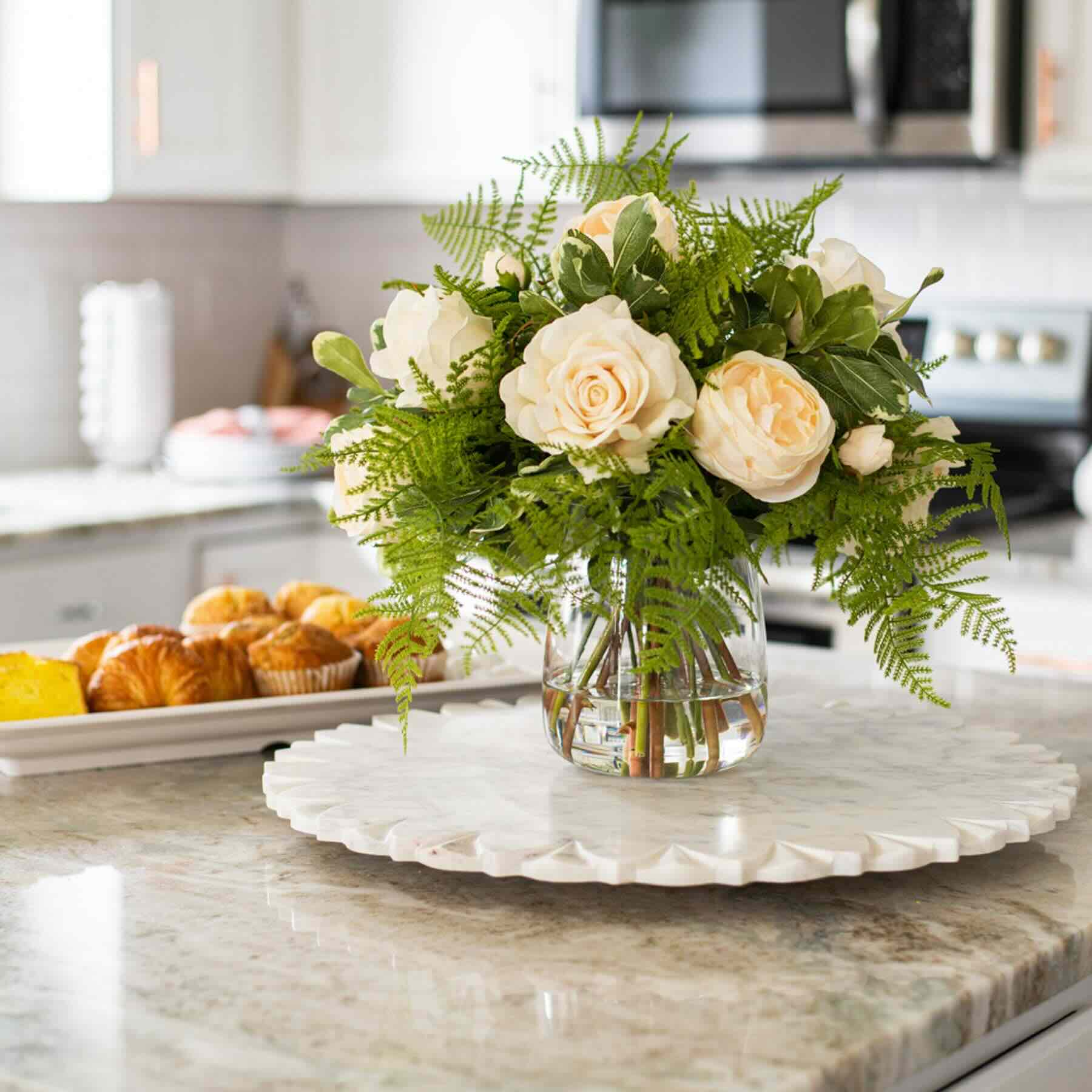

0 thoughts on “What Are The Big Leaves In Floral Arrangements Called”